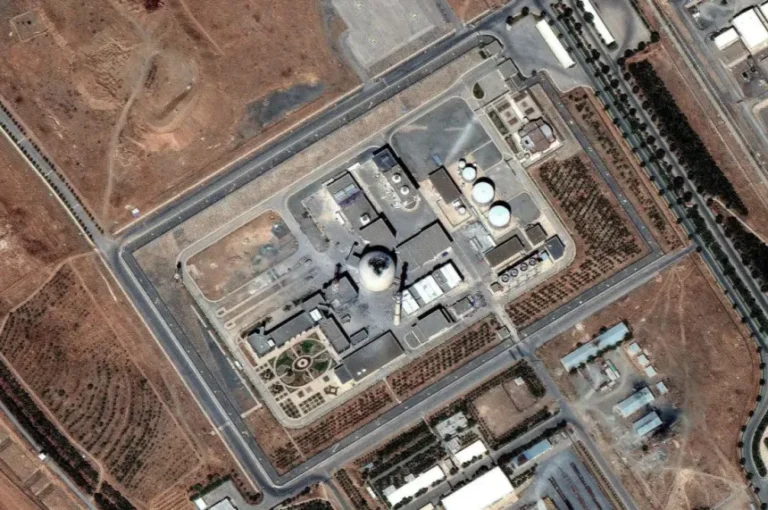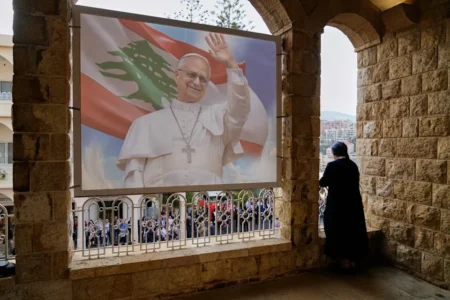Tensions between the United States and Iran have grown after recent military strikes targeted three key nuclear sites in Iran. Former US President Donald Trump claimed these attacks destroyed the facilities entirely. However, conflicting reports are raising doubts about what was actually achieved.
Shortly after the strikes, videos and satellite images showed several trucks near the nuclear sites. Observers speculated that Iran had emptied the facilities before the attacks, possibly moving enriched uranium and sensitive equipment to undisclosed locations. This led many to believe that the US strikes may have hit empty buildings.
Now, a fresh statement from US Defense Secretary Pete Hexed adds more confusion. In a press briefing, he said there is no intelligence to confirm that Iran moved any enriched uranium from the attacked facilities. His comments directly contradict earlier suggestions that Iran had cleared the sites ahead of time.
Donald Trump, meanwhile, took to his social media platform to support his initial claim. He said the trucks seen outside the Fordow nuclear facility before the attack were not involved in removing nuclear materials. Instead, he claimed they belonged to construction workers working on tunnel entrances. According to him, nothing was taken from the site. However, he did not provide any evidence to support his statement.
In contrast, an anonymous senior Iranian official told Reuters that a large portion of the country’s 60% enriched uranium stockpile had indeed been moved to a safe location before the attacks. The source said this was done as a precaution, and only a limited amount of nuclear material remained at the sites that were bombed.
European intelligence agencies have also weighed in. According to a report in the Financial Times, they believe that Iran’s uranium stockpiles remain mostly untouched. Their assessment is based on the fact that the material was not only stored at the Fordow site but spread across other facilities in the country. These insights further weaken Trump’s claim that the nuclear threat from Iran has been neutralized by the strikes.
Despite the new information, Pete Hexed continues to insist the strikes were a success. Speaking at a recent press conference, he said the mission had achieved its goal and that some in the media were downplaying its impact. He argued that dismissing the effectiveness of the operation based on assumptions or incomplete data does not reflect the full picture.
Experts in nuclear policy note that the lack of clear, shared intelligence from the US government is concerning. If uranium was indeed moved before the strikes, it would suggest Iran had advance knowledge of the attack or was already taking precautions. This could point to deeper intelligence gaps or flaws in strategic planning.
On the other hand, if no uranium was moved and the US genuinely destroyed nuclear material, it would mark a major step in limiting Iran’s nuclear capabilities. But until evidence is made public, the real outcome remains uncertain.
Iran has not officially responded to the US Defense Secretary’s statements. However, Iranian media have highlighted reports suggesting the country’s nuclear assets were safeguarded. Iranian officials also continue to deny that any major damage was done to core parts of their nuclear program.
The global community is now watching closely. The International Atomic Energy Agency (IAEA) may conduct inspections to verify the condition of the sites and assess whether any nuclear material is missing or compromised. Their findings could bring more clarity to the situation and possibly reduce tensions.
Meanwhile, the debate inside the US continues. Lawmakers, analysts, and citizens are questioning the true effectiveness of the operation. The conflicting statements between top officials, Trump, and foreign sources make it hard to know what actually happened.
The future of US-Iran relations remains uncertain. The airstrikes have deepened mistrust, and the nuclear issue is once again at the center of global concern. If clear evidence is not presented soon, it may fuel further political and military tension in the region.







